Myth 1: "Piercing at home is safe."
Debunking Facts:
- Piercing requires professional, sterile tools and techniques. Doing it at home introduces a high risk of infection because household items can’t be sanitized to the level required for safe body piercing.
- Proper piercing also requires anatomical knowledge to avoid nerves, blood vessels, and cartilage damage.
- Professionals use single-use needles and autoclaved tools, minimizing the chance of infection and complications.
Accurate Statement:
"Professional piercers follow strict hygiene and safety standards that can’t be achieved at home. Going to a reputable piercing studio reduces the risk of infection, scarring, and improper placement."
Myth 2: "Turning or twisting your jewelry helps it heal better because it won’t get stuck."
Debunking Facts:
- Twisting or turning jewelry in a fresh piercing disrupts the healing process by irritating the tissue around the piercing.
- This can introduce bacteria from your hands, increasing the risk of infection and causing prolonged healing times.
- Properly sized jewelry allows for slight movement without sticking, so turning isn’t necessary if high-quality materials are used.
Accurate Statement:
"Instead of twisting or turning, it’s best to let your piercing heal undisturbed. Quality jewelry and correct sizing prevent sticking without needing to touch the piercing."
Myth 3: "My piercings always get infected."
Debunking Facts:
- Many people mistake normal healing symptoms (like redness and tenderness) for infection. True infections are rare when piercings are done professionally and proper aftercare is followed.
- Jewelry material can affect healing; hypoallergenic materials like titanium or 14k gold are less likely to cause irritation.
- Infection often stems from touching the piercing with unclean hands, using non-sterile aftercare products, or removing the jewelry prematurely.
Accurate Statement:
"With professional piercings and diligent aftercare, infections are uncommon. Choosing high-quality jewelry and avoiding touching your piercing can promote smooth healing."
Ending Note
Each myth carries misconceptions that can lead to poor healing outcomes. Choosing a reputable piercer and following professional aftercare advice are essential for a positive piercing experience. Be sure to watch the video below for more insights on piercing myths and truths!
@shopluluave What piercing myths have you heard before? 👀 #earpiercing #earstyling #earpiercings #earpiercingideas #piercings #newpiercing #piercing #piercingaddict #piercingstudio #piercinglove #piercinglife ♬ Good Days - Yenibi
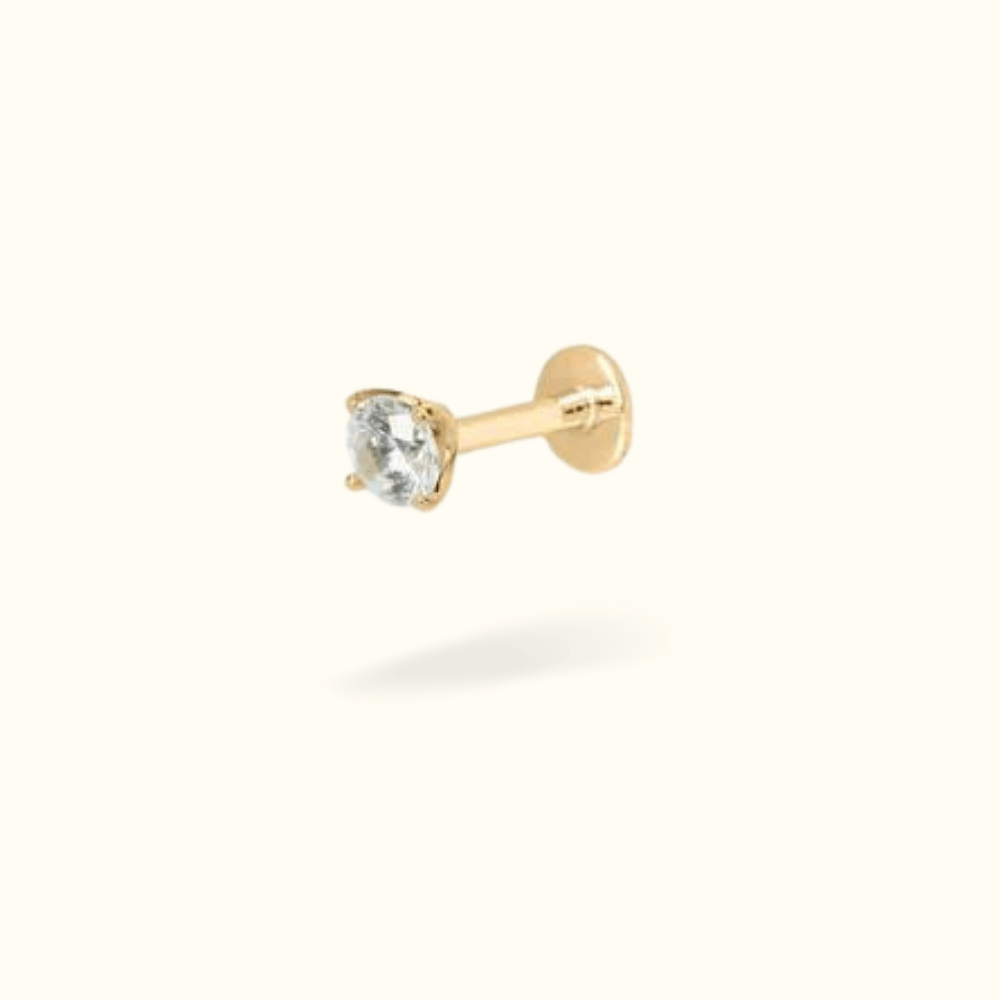
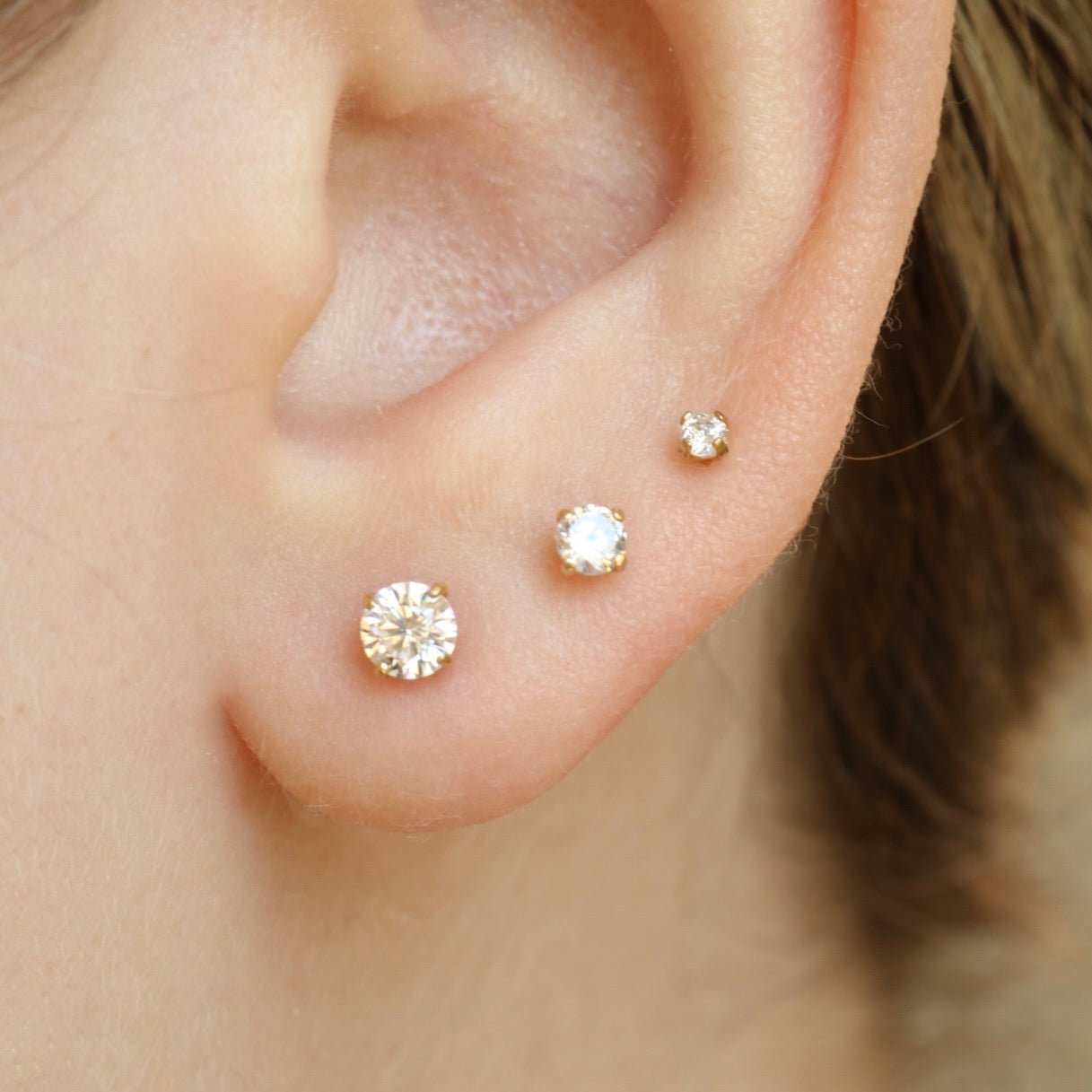
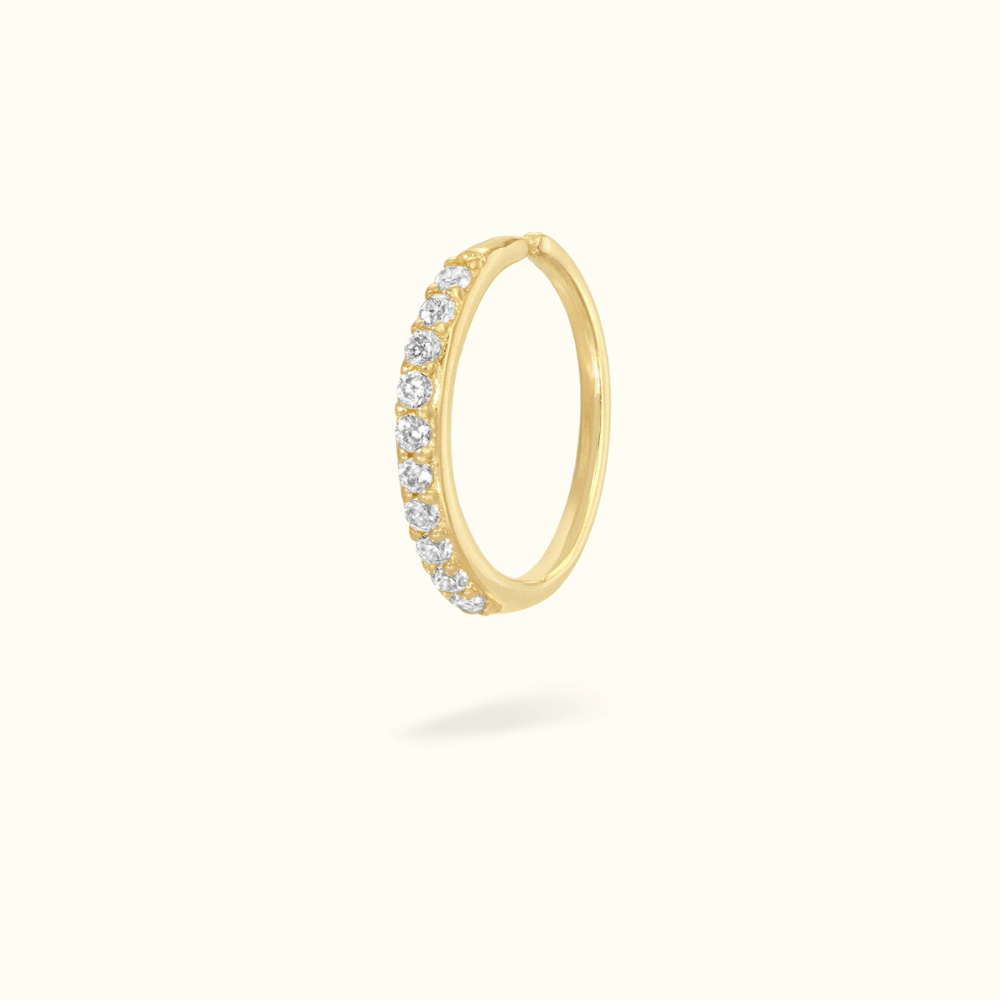
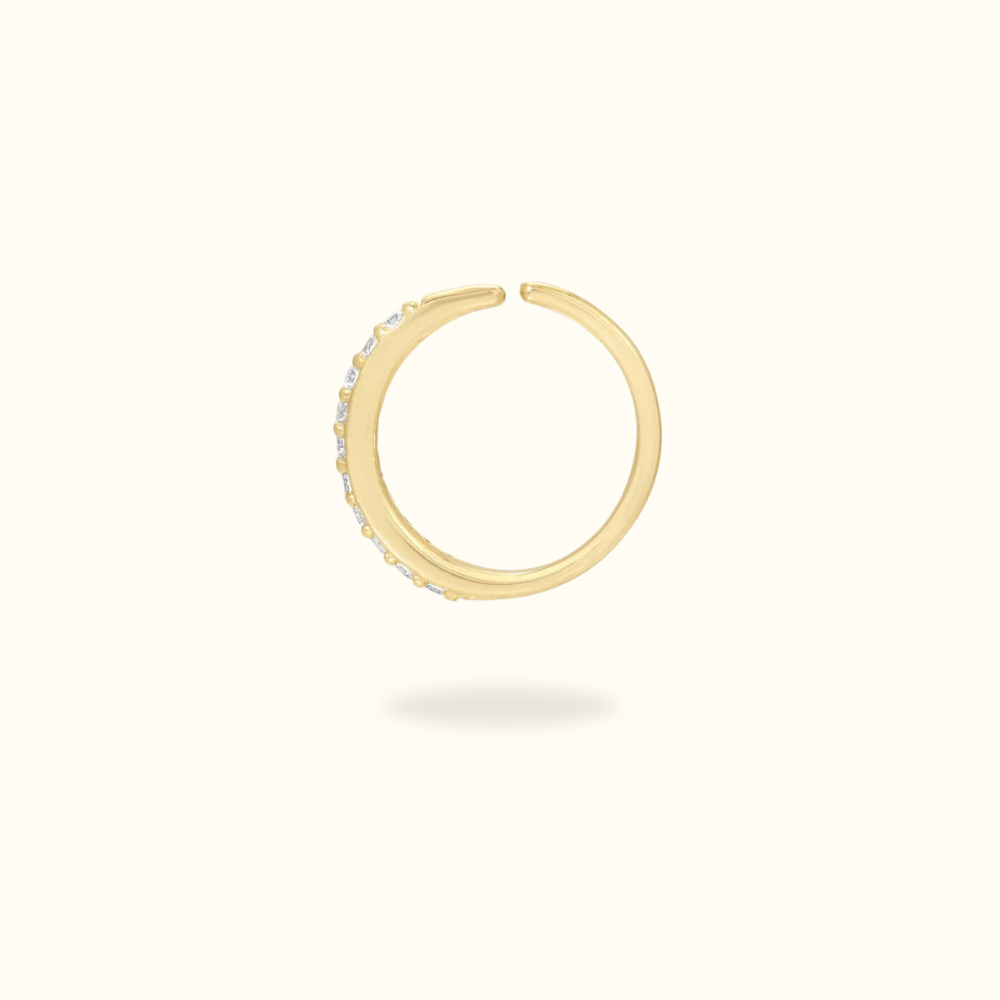


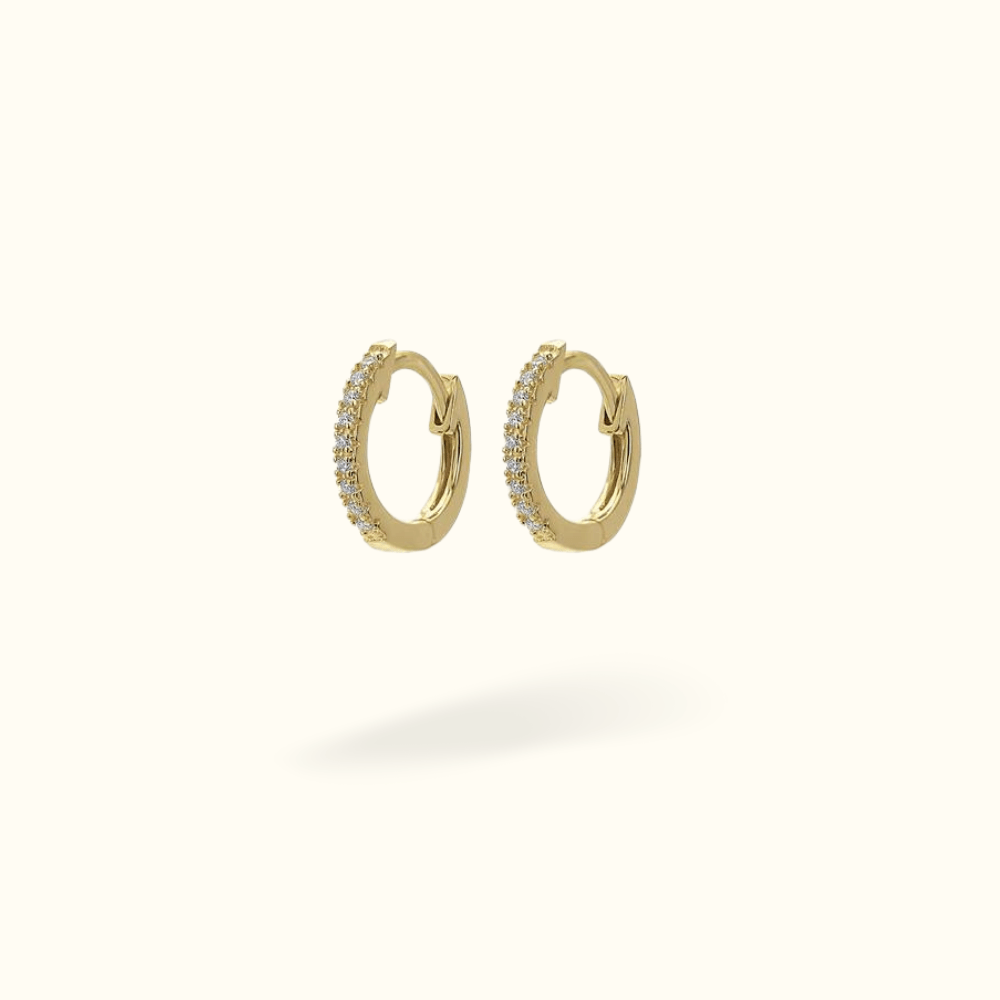
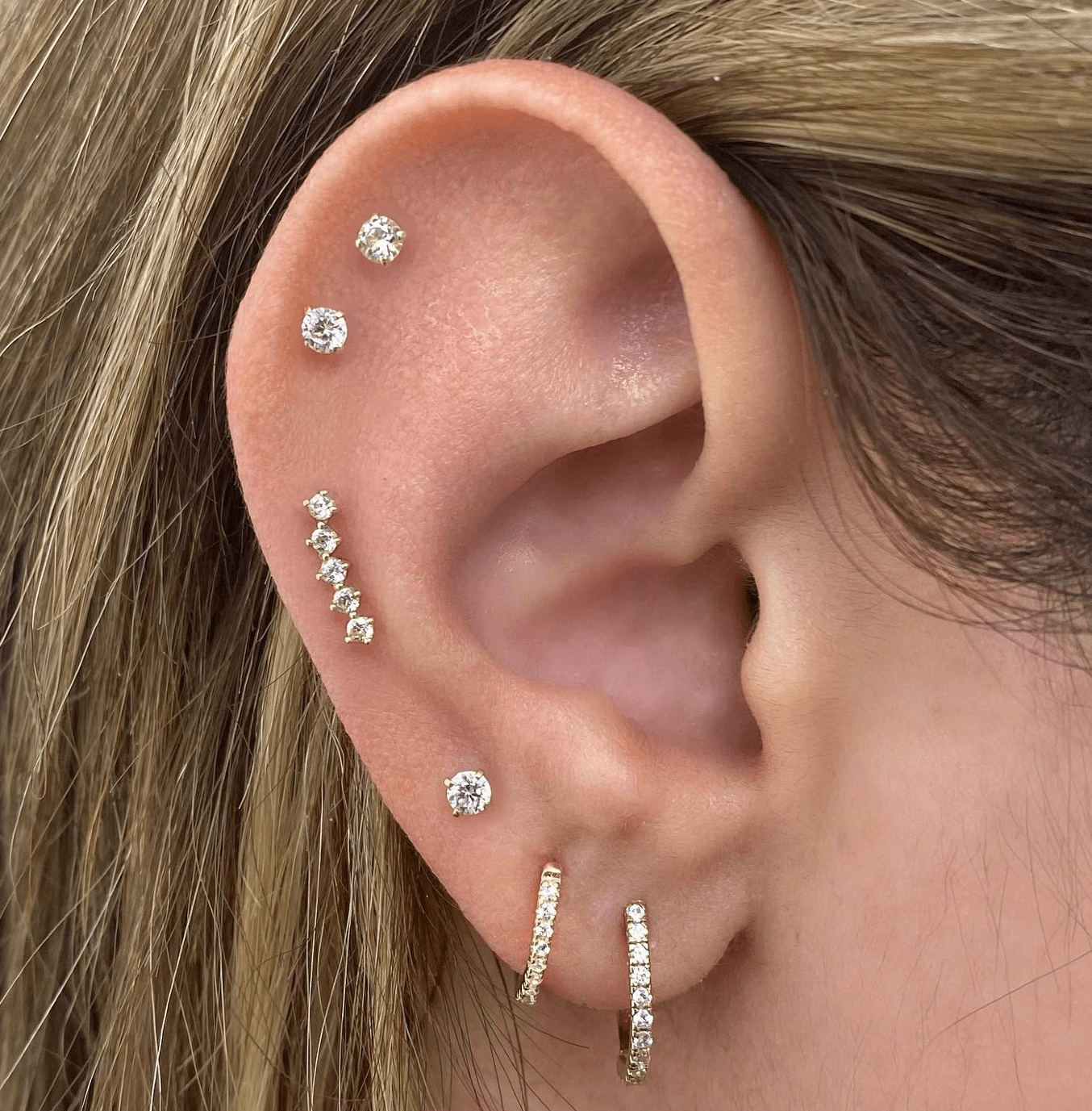



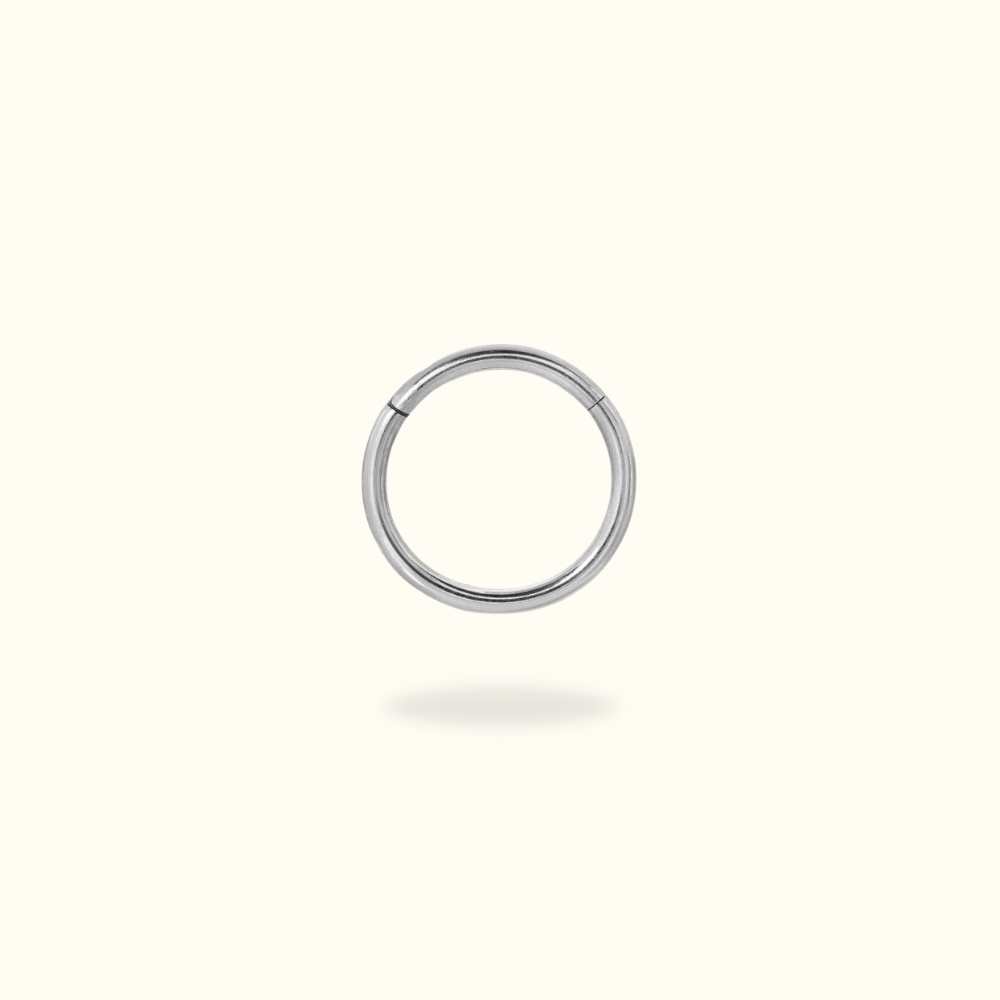
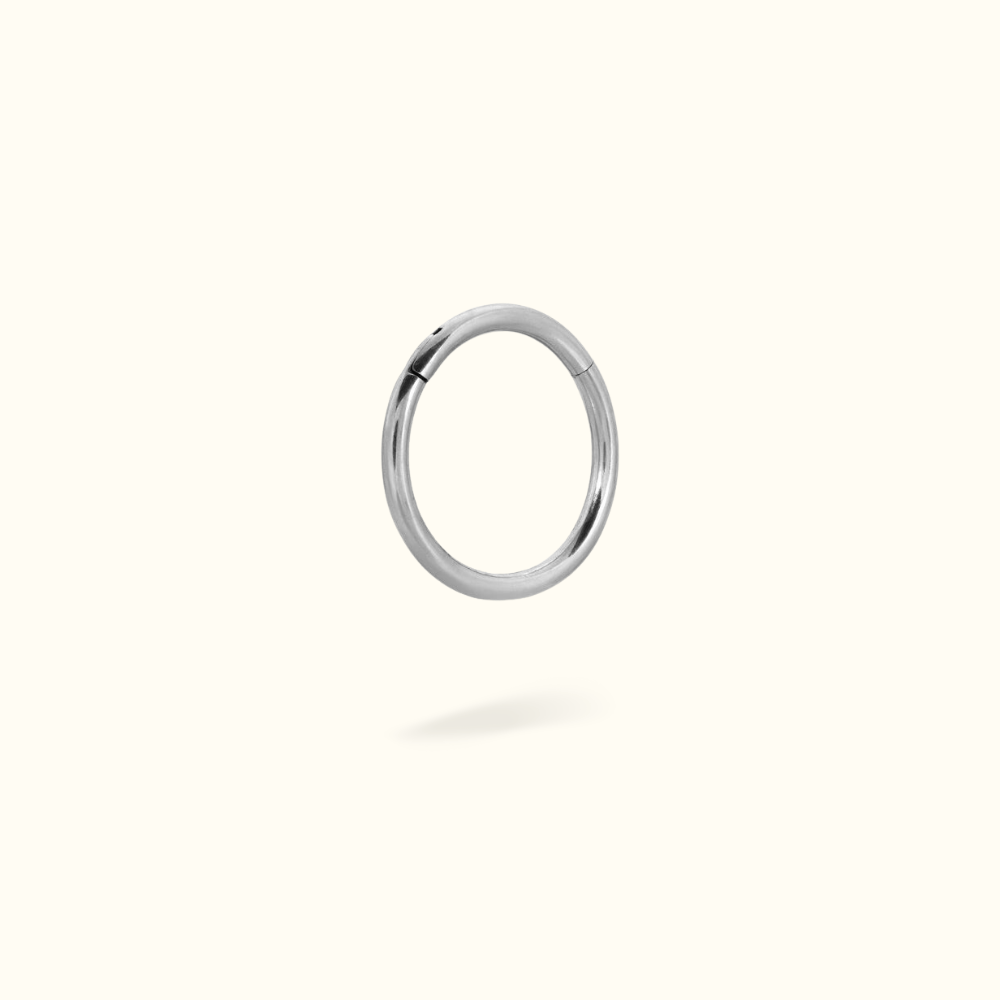
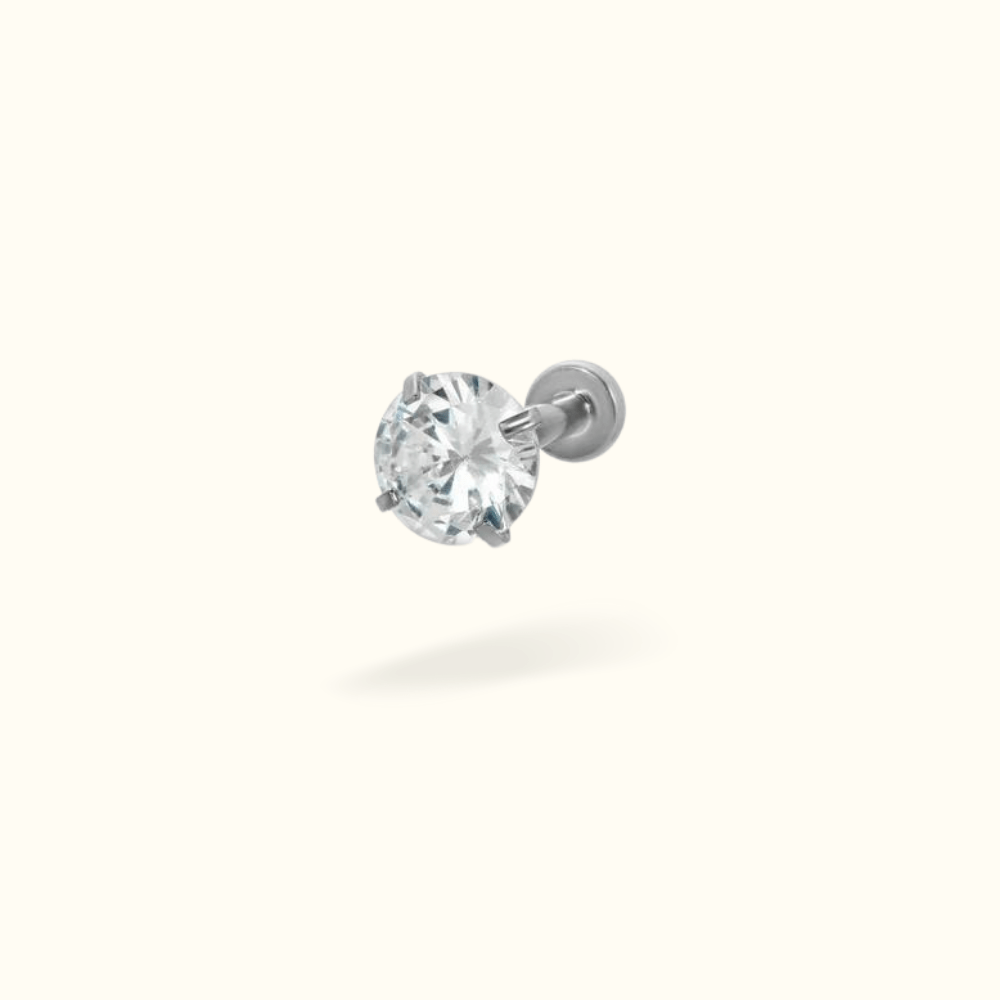
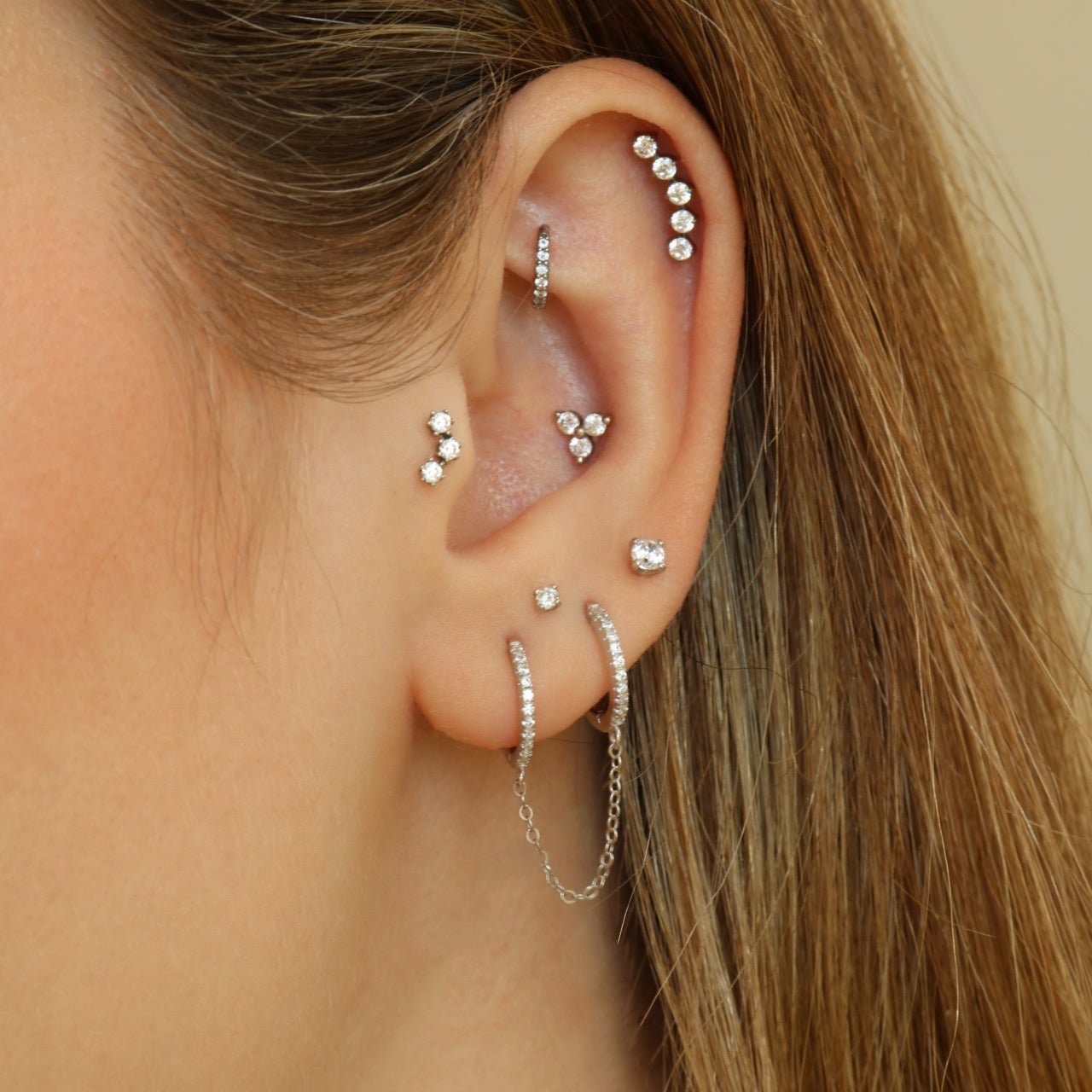
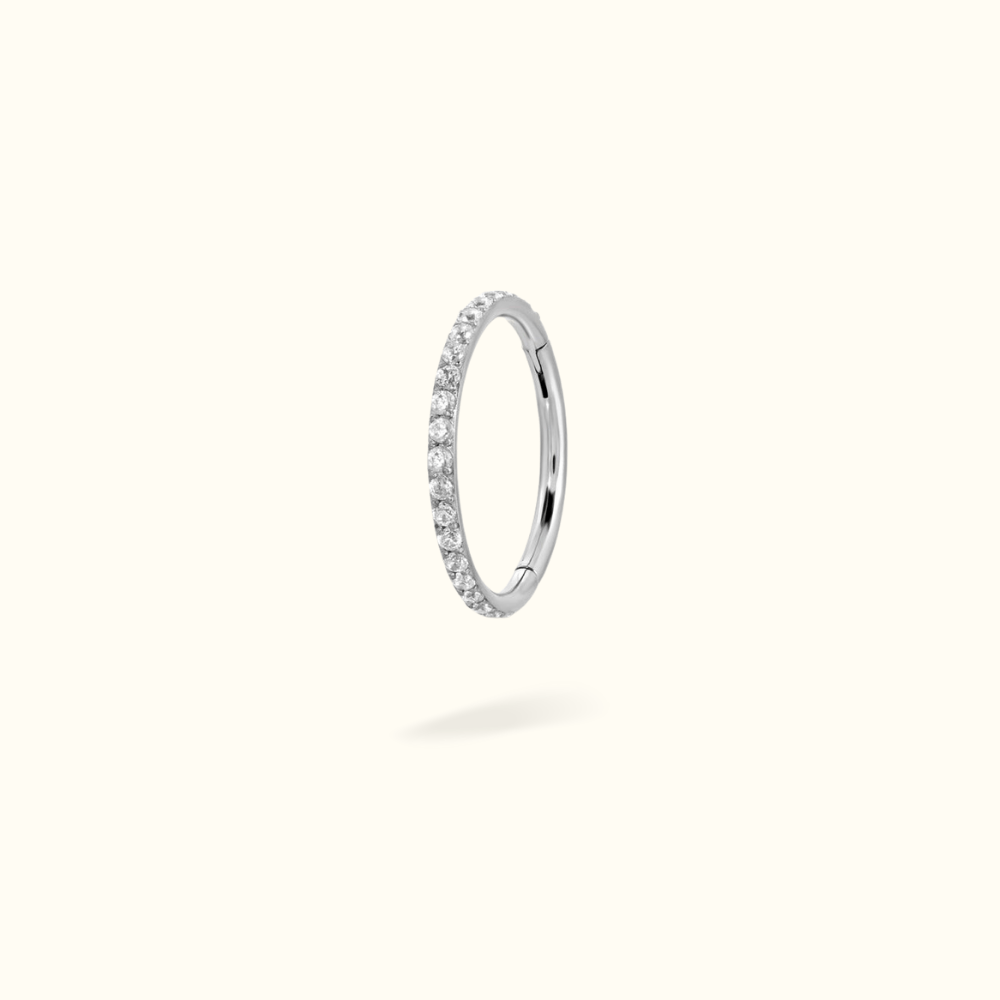
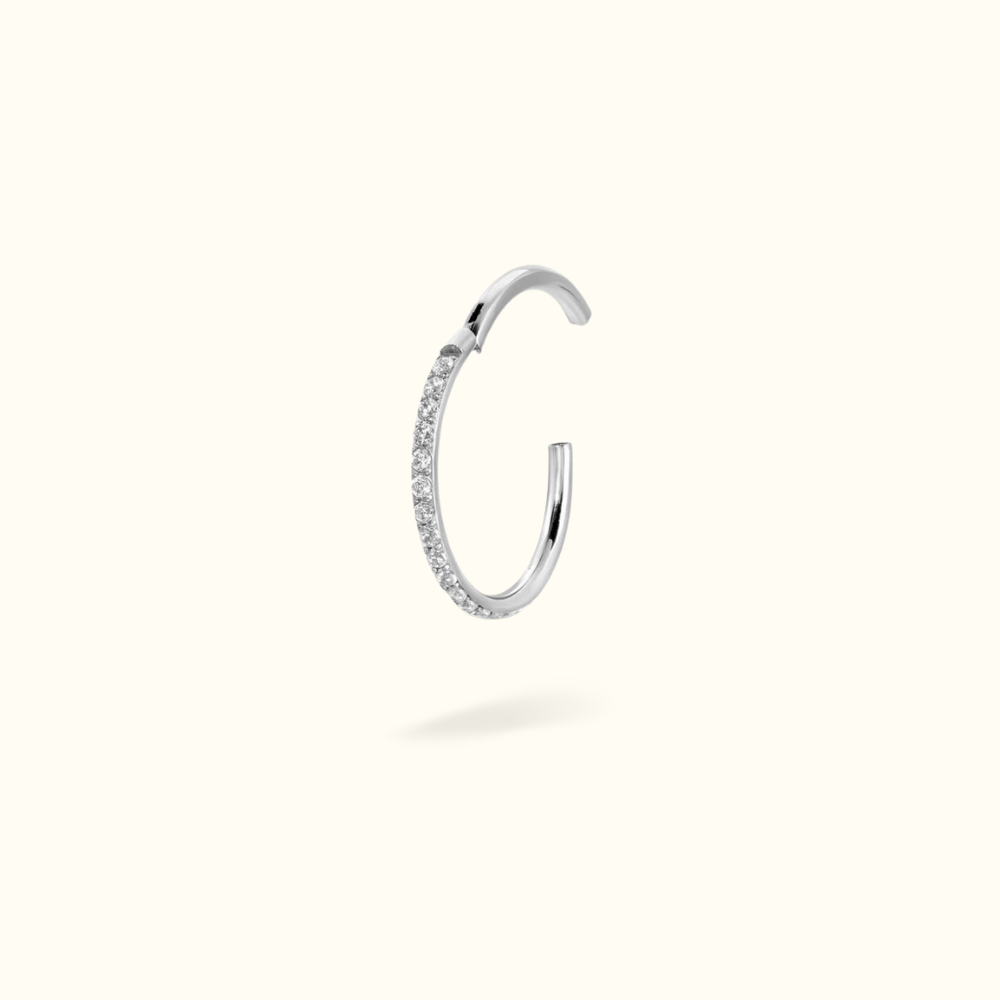

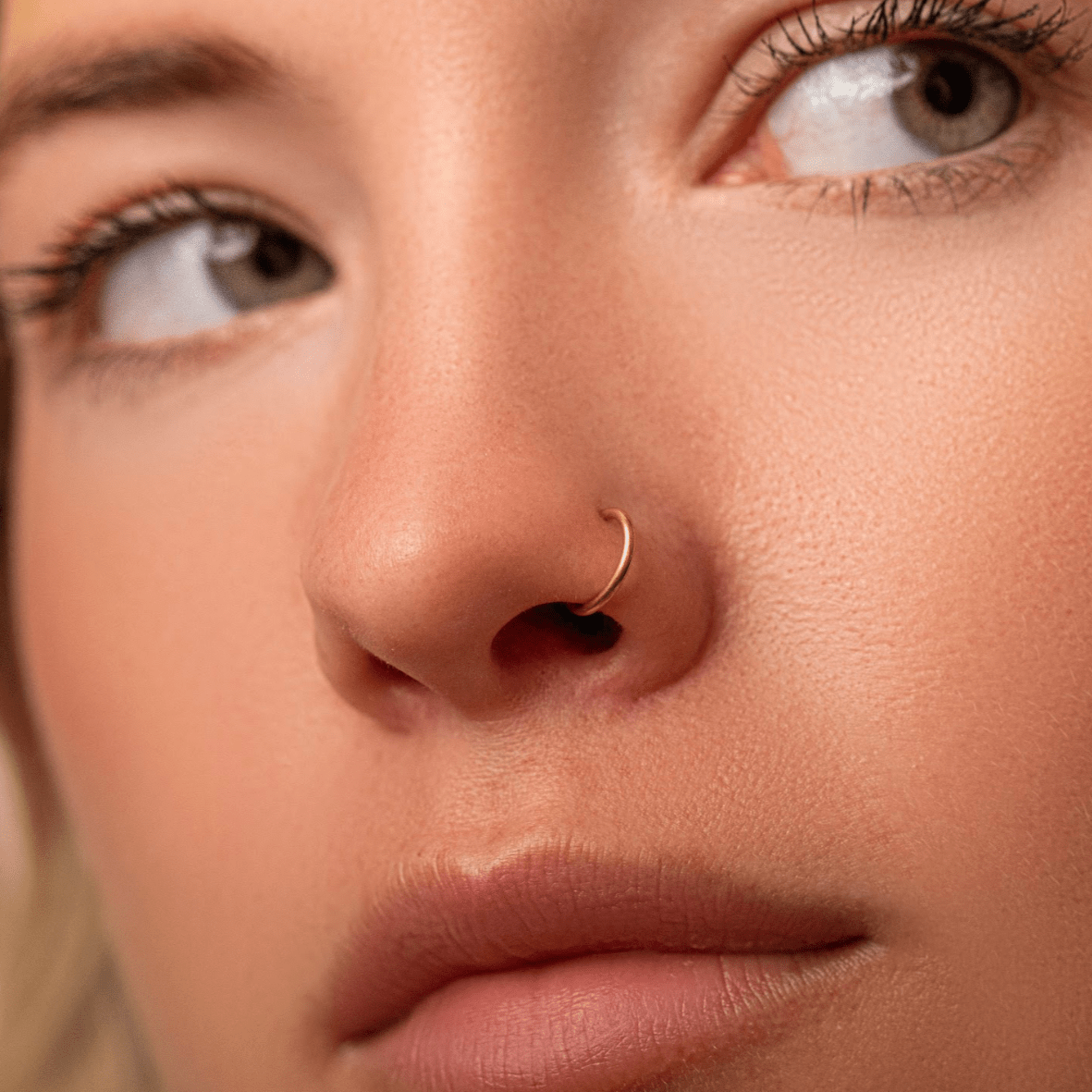

Leave a comment